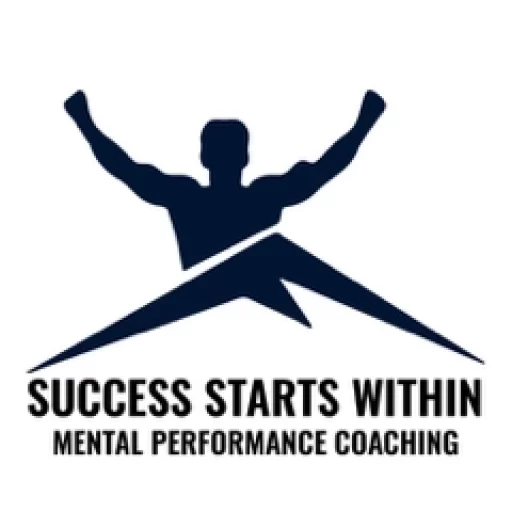Resetting techniques involve things that you do during the game to get yourself back into the right mindset to compete.
I talk to a lot of athletes about what to do pregame or leading into a game to get themselves into the right mindset. And that’s a really important part of playing up to your potential. But even though we get into the right mindset, we can still find ourselves slipping out of that mindset.
Why Resetting is So Important
Let’s say, for example, you go through a pregame routine and you’re getting yourself into a good, confident mindset to compete. But then you make an early game mistake. That mindset goes away because now you’re upset at yourself, frustrated, and beating yourself up.
Unless we have a way to quickly work through and move past the mistake to reset, all of that pregame work and preparation goes away.
Whenever I’m talking to athletes—especially early on when we are beginning working together—I explain that there’s this idea of working to get into the right mindset. But then we want to have tools in place to stay in that mindset and also to get back to that mindset if something happens during the game that pulls us out of it.
The Principles of Resetting
A resetting technique can involve anything you do to reset and refocus. There are a few key principles I want to go over before giving examples:
-
Always be present when you compete: Mistakes hold you back because you’re either thinking about the past (beating yourself up) or worried about the future (afraid of making another mistake). We want to get ourselves back into the present moment so we can play our best.
-
Keep adjustments quick and simple: Yes, we want to learn from mistakes. But adjustments made during games need to be quick. Otherwise, overthinking takes over. Overthinking is a distraction and a detriment to peak performance.
Resetting Techniques You Can Use
1. Thought Stopping Phrase
This involves a simple, memorized statement you tell yourself every single time you make a mistake or get pulled out of the right mindset.
Examples:
-
“Let it go, breathe, refocus.”
-
“Forget it, be present.”
These work because they remind you to let go of the distraction and reset. Most importantly, they’re simple and easy to use in the heat of the moment.
2. Physical Reset
Sometimes a physical action helps you snap out of frustration or distraction.
-
One athlete I worked with clapped her hands when she needed to reset.
-
A pitcher told me his mom gave him a hair band to wear on his wrist. If he got frustrated, he would snap it lightly against his skin as a way to reset.
Any kind of physical trigger like this can be effective.
3. Visual Reset
Another option is to use your visual field.
-
A baseball hitter I worked with would step out of the batter’s box, look down to the left field foul pole, take a deep breath, and then step back in.
-
A tennis player I coached would stare at a point on the ground after losing a point, take a deep breath, and reset.
These techniques funnel your attention onto one thing, pair it with breathing, and bring you back into the present moment.
The Universal Theme: Be Present
No matter which technique you use—thought stopping, physical reset, or visual reset—the universal theme is being present.
No matter what mindset you want to have when you play (confidence, aggression, fun, proving others wrong), all of those mindsets are amplified when you are fully in the present moment.
Pairing Resetting with Your Objective
The last piece of this is tying your resetting technique back to your personal mindset or objective.
-
If you want to be aggressive, after using your thought stopping phrase you might add: “Be aggressive.”
-
If you want to have fun, after your visual reset you might remind yourself: “Have fun.”
The technique clears your mind, refocuses you in the present moment, and then reconnects you to the mindset you want to play with.
Final Thoughts
Resetting techniques are powerful tools you can start using during games. Because no matter what mindset you begin the game with, things will happen that distract you, frustrate you, or increase your anxiety. That’s why having a resetting technique is so important.
If you’re interested in my one-on-one coaching program, click here to schedule a free introductory coaching call, or fill out the form below.
I’ve also created two online mental training courses for athletes:
And if you’re more of a reader, check out my books:
Thank you for reading and I wish you the best of success in all that you do.




